I have a .lib file containing internal C++ classes and a few C++ classes are interfaces to the functionality that software library provides.
How should I illustrate this with UML?
Using Enterprise Architect, I tried type 'Component' (pasted to the component diagram as simple link) and then dragged and dropped the internal classes of that library from the model tree to that component rectangle as element type Composite part, and the interface classes of that library as Port. Now the weird thing is what happened the model tree contains kind of object instances of that classes called Part1 and Port1 of UML type 'class', which is nonsense since a software library don't instantiate, it just provides its classes via .lib file, like a pool. I think UML element type 'component' is not the right thing here, is it? The same happens if I use 'Package', also here parts and ports become things like object instances although classes in a library are not.



